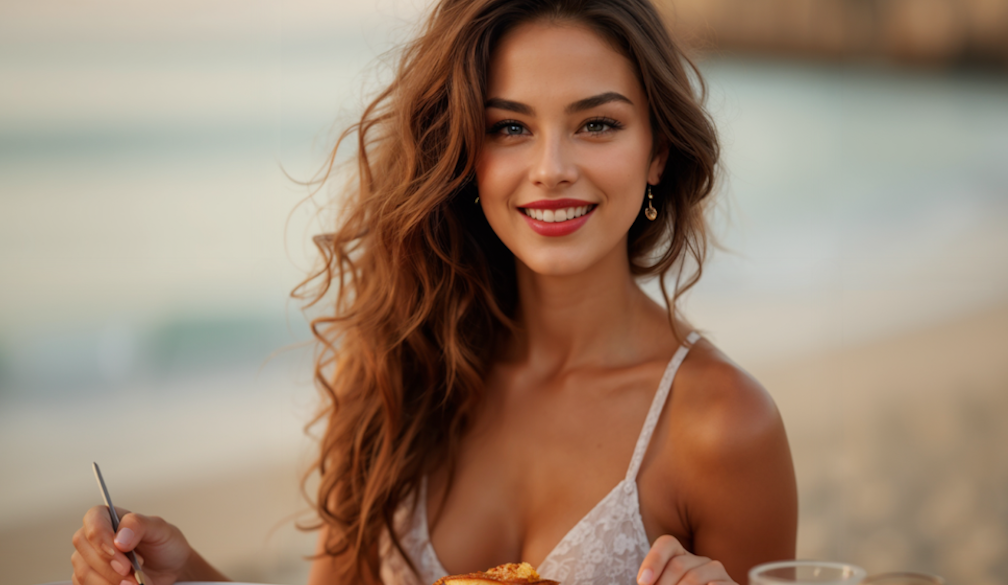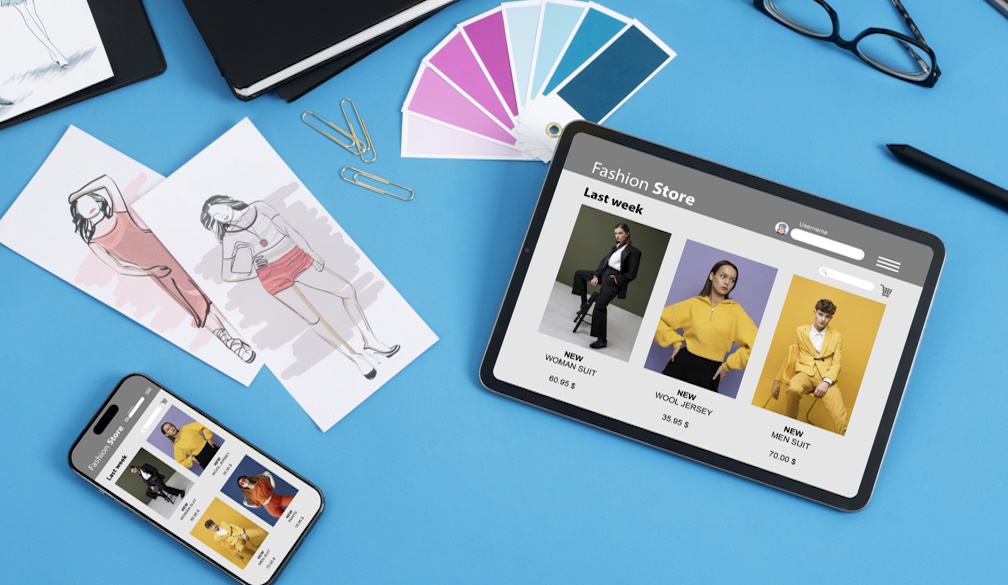Climate explained: how growth in population and consumption drives planetary change
- Written by Michael Petterson, Professor of Geology, Auckland University of Technology
Climate Explained is a collaboration between The Conversation, Stuff and the New Zealand Science Media Centre to answer your questions about climate change.
If you have a question you’d like an expert to answer, please send it to climate.change@stuff.co.nz
The growth of the human population over the last 70 years has exploded from 2 billion to nearly 8 billion, with a compounding net growth of over 30,000 per day. We all breathe out carbon dioxide with every breath. That equates to about 140 billion CO₂ breaths every minute. Isn’t it logical that atmospheric carbon will continue to increase with the birth rate regardless of what we do about fossil fuel reduction?
This question touches on the core of our impact on planetary change. It highlights the exponential growth in the human population, but also homes in on the potential direct input of carbon dioxide from humans, through respiration.
As I explain in more detail below, our breathing does not contribute to the net accumulation of carbon dioxide in the atmosphere. But population growth, combined with an increase in consumption, is now seen as the main driver of change in the Earth system.
Read more: Climate explained: why your backyard lawn doesn't help reduce carbon dioxide in the atmosphere
Humans: a moment in geological time
Earth has been around for 4.56 billion years. The earliest evidence for life on Earth comes from fossilised mats of cyanobacteria that are about 3.7 billion years old.
From around 700 million years ago, and certainly from 540 million years ago, life exploded into its present myriad forms, from molluscs to lung fish, reptiles, insects, plants, fishes and mammals – culminating in hominids and finally Homo sapiens. Genetic studies suggest hominids evolved from primates around 6 million years ago, with the oldest hominid fossil dating from 4.4 million years ago in East Africa.
Our species appeared around 200,000 to 300,000 years ago, a blink of an eye in geological terms. From Africa, Homo sapiens migrated through Europe and Asia and spread across the world, at lightning speeds.
Part of the question is about a putative link between human biological functions and climate. Homo sapiens is one of more than 28 million living species today, and some 35 billion species that have ever lived on Earth. There has always been a link between life and Earth’s atmosphere, and perhaps the clearest indicator is oxygen.
Life, carbon and climate
Cyanobacteria were the first organisms to master photosynthesis and began adding oxygen to Earth’s early atmosphere, producing levels of 2% by 1 billion years ago. Today oxygen levels are at 20%.
While people inhale oxygen and exhale carbon dioxide (billions of tonnes each year), this does not represent new carbon in the atmosphere, but rather recycled carbon that had been taken up by the animals and plants we eat. Furthermore, the hard parts of human skeletons are potential carbon stores, if buried sufficiently deep.
There is a constant cycling of carbon between geological, oceanographic and biological processes. Homo sapiens is part of this carbon cycle that plays out at the Earth’s surface. Like all living organisms, we derive the carbon we need from our immediate environment and give it up again through breathing, living and dying.
Carbon is only added to the atmosphere if it is taken out of long-term geological stores such as carbon-rich sediments, oil, natural gas and coal.
Read more: Climate explained: why carbon dioxide has such outsized influence on Earth's climate
Planetary impact of humans
But the remarkable growth in human population is surely the critical issue. Ten thousand years ago, there were 1 million people on Earth. By 1800, there were 1 billion, 3 billion by 1960 and almost 8 billion today.
When these figures are plotted on a graph, the growth line looks almost vertical from the 1800s onwards. Population growth may eventually flatten out, but only at around 10-11 billion.
Alongside the unprecedented population growth of humans has been the loss of many non-human species (10,000 extinctions per million populations per year, or 60% of animal populations since 1970), the rapid loss of wilderness habitat and consequent growth in farmed land, over-fishing (with up to 87% of fisheries fully exploited), and a staggering growth in global car numbers (from zero in the 1920s to 1 billion in 2013 and a projected 2 billion by 2040).
The world production of copper is an instructive proxy for human global impacts. As with many commodity curves, the trend from 1900, and particularly from the 1950s, is exponential. In 1900 around half-a-million tonnes of copper was produced worldwide. Today it is 18 million tonnes per year, with no sign of lowering consumption rates. Copper is the feedstock for much of modern-day and future green technologies.
Most parts of the world now experience material consumption as never before. But serious inequality remains, with over 3 billion living on less than US$5.50 a day, and a tiny percentage who own so much.
Some argue that it is not the numbers of people on Earth that count, but rather the way we consume and share. Whatever the politics and economics, the gross consumption level of billions of humans is, surely, the main cause of planetary change, especially since 1950. Present-day atmospheric levels of carbon dioxide are one of many symptoms of human impact.
Michael Petterson has received funding for research and international development programmes during his career.
Authors: Michael Petterson, Professor of Geology, Auckland University of Technology





















